There’s something so satisfying about a perfectly cooked pork chop, isn’t there? It’s a classic for a reason – versatile, relatively inexpensive, and a great blank canvas for all kinds of flavor combinations. But nothing ruins a good meal faster than a dry, tough pork chop. That’s where understanding cooking time comes in. Knowing how long to cook a boneless pork chop is the key to achieving that juicy, tender, and oh-so-delicious result we all crave.
Over the years, I’ve spent countless hours in the kitchen, experimenting with different cooking methods and timings. I’ve learned a thing or two about what works – and what doesn’t! So, whether you’re a seasoned chef or a kitchen novice, I’m here to share my wisdom and guide you on your journey to pork chop perfection.
(Part 1) The Science Behind the perfect pork chop: It’s All About the Protein
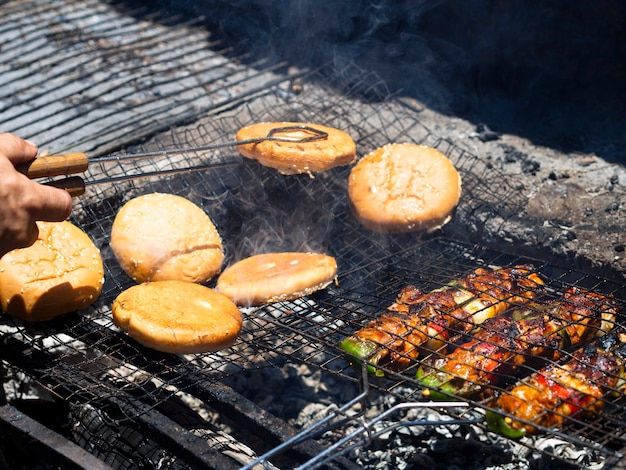
Before we dive into the nitty-gritty of cooking times, let’s talk about the science behind a good pork chop. It all comes down to understanding the protein structure and how heat affects it. Think of the protein in pork like a delicate puzzle – it’s made up of long chains that are interconnected. When you apply heat, these chains start to unravel and bond with each other, which is what gives the meat its texture.
Understanding the Doneness "Zone"
Here’s the crucial bit: when exposed to high heat for too long, the protein molecules tighten up and contract. This makes the meat tough, dry, and frankly, unappetizing. That’s why it’s so important to cook a pork chop to the right internal temperature – to find that sweet spot where the protein is cooked through but still tender and juicy.
Now, this is where the trusty meat thermometer comes in. It's your best friend in the kitchen, especially when dealing with pork. The USDA recommends an internal temperature of 145°F (63°C) for pork chops, but I find that a bit on the dry side for my taste. I aim for 140°F (60°C) – this ensures a juicy and tender chop, while still being safe to eat.
Think of this as the “doneness zone” – a range of temperatures where the pork chop is cooked through but not overdone. You want to stay within this zone, using the meat thermometer as your guide.
(Part 2) Boneless pork chop cooking Methods: A Guide to Choosing the Right Technique
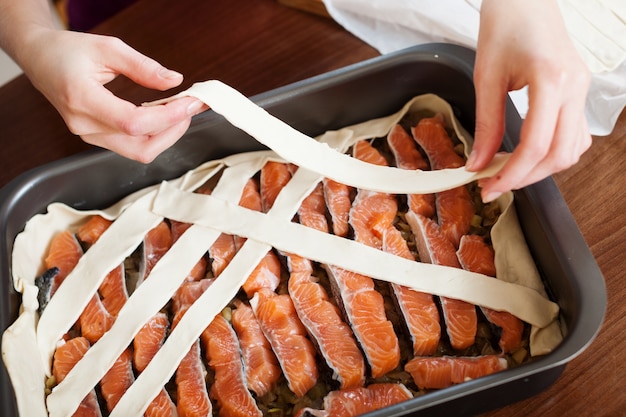
Now that we understand the science, let’s talk about the practicalities of cooking. There are many ways to cook a boneless pork chop, each with its own strengths and weaknesses. Let’s explore some popular options.
1. Pan-Frying: Quick, Easy, and Full of Flavor
Pan-frying is a classic go-to for a weeknight dinner, and it’s a great way to achieve a delicious sear on the outside and a juicy interior. You’ll need a hot skillet and a little bit of oil to create that crispy, golden-brown crust. Here’s how I do it:
- Heat the skillet: Use a cast iron or heavy-bottomed skillet for even heat distribution. Heat it over medium-high heat for about 2-3 minutes.
- Add oil: Use a tablespoon or two of your favorite oil, like olive oil, vegetable oil, or a blend. A little bit goes a long way.
- Season the pork chop: Salt and pepper are the usual suspects, but don’t be afraid to get creative. I often add a pinch of paprika for a subtle smoky flavor or a sprinkle of herbs like thyme or rosemary.
- Sear the pork chop: Place the seasoned chop in the hot skillet, making sure it sizzles immediately. Listen for that satisfying sound! Let it cook undisturbed for about 3-4 minutes per side, until nicely browned.
- Reduce heat and finish cooking: Lower the heat to medium, cover the skillet, and continue cooking for another 5-8 minutes, or until the internal temperature reaches 140°F (60°C).
- Rest: This is crucial! Let the pork chop rest for 5-10 minutes before slicing and serving. This gives the juices time to redistribute, resulting in a more tender and juicy chop.
2. Baking: Hands-Off and Deliciously Easy
Baking in the oven is a fantastic option for a hands-off approach. It’s perfect for busy weeknights or if you’re cooking multiple chops at once. You can pop them in the oven and forget about them for a while! Here’s how to bake a perfect pork chop:
- Preheat the oven: Preheat your oven to 375°F (190°C).
- Season the pork chops: Season generously with salt, pepper, and any other herbs or spices you enjoy. Remember, flavor is key!
- Place on a baking sheet: Place the seasoned pork chops on a baking sheet lined with parchment paper. This will make cleanup a breeze.
- Bake: Bake for 15-20 minutes, or until the internal temperature reaches 140°F (60°C).
- Rest: Let the pork chops rest for 5-10 minutes before slicing and serving.
3. Grilling: Smoky, Summery Flavor
For a smoky, summery flavor, grilling is the way to go. It’s a fantastic way to cook pork chops when the weather’s nice. Just be sure to keep a close eye on the grill temperature and the pork chops to prevent overcooking.
- Preheat the grill: Preheat your grill to medium-high heat, ensuring that the grates are clean.
- Season the pork chops: Season generously with salt, pepper, and any other herbs or spices you prefer.
- Grill: Place the seasoned pork chops on the preheated grill, making sure they are not directly above the flames. Grill for 5-7 minutes per side, or until the internal temperature reaches 140°F (60°C).
- Rest: Let the pork chops rest for 5-10 minutes before slicing and serving.
4. Roasting: A More Elaborate, But Rewarding, Method
For a more elegant dish, roasting in the oven is an excellent choice. This method requires a little more time and effort, but the result is a moist, flavourful pork chop. Think of it as a bit more of a culinary adventure.
- Preheat the oven: Preheat your oven to 400°F (200°C).
- Season the pork chops: Season the pork chops generously with salt, pepper, and any other herbs or spices you enjoy.
- Sear the pork chops: Heat a large oven-safe skillet over medium-high heat. Add a tablespoon or two of oil and sear the pork chops for 2-3 minutes per side, until nicely browned. This creates a beautiful crust and locks in flavor.
- Roast: Transfer the skillet with the seared pork chops to the preheated oven. Roast for 10-15 minutes, or until the internal temperature reaches 140°F (60°C).
- Rest: Let the pork chops rest for 5-10 minutes before slicing and serving.
(Part 3) The Impact of Thickness: Why Thicker Chops Take Longer
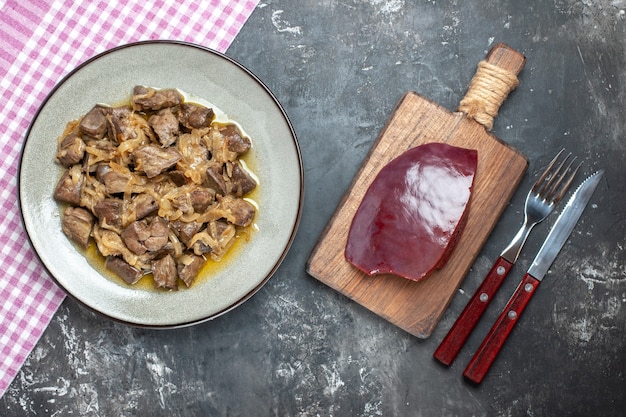
The thickness of your pork chops will significantly impact the cooking time. Thicker chops will naturally take longer to cook than thinner chops. It’s all about the surface area and how the heat penetrates the meat. Here’s a general guide for cooking times based on thickness:
| Thickness (inches) | Cooking Time (minutes) |
|---|---|
| 1/2 inch | 10-15 |
| 3/4 inch | 15-20 |
| 1 inch | 20-25 |
| 1 1/2 inch | 25-30 |
Remember, these are just general guidelines. It’s always best to use a meat thermometer to check the internal temperature and ensure your pork chop is cooked to your desired doneness.
(Part 4) Key Tips for Pork Chop Perfection: A Guide to Avoiding Mistakes
Here are some additional tips to help you achieve a perfect pork chop every time:
- Don't overcrowd the pan: Give the pork chops some space to cook evenly. If you overcrowd the pan, they will steam instead of sear, and you'll end up with a less crispy exterior.
- Use a meat thermometer: A meat thermometer is the most reliable way to ensure your pork chop is cooked to perfection. Insert the thermometer into the thickest part of the chop, avoiding the bone, to get an accurate reading.
- Let the pork chops rest: Allowing the pork chops to rest for 5-10 minutes after cooking allows the juices to redistribute, resulting in a more tender and juicy chop.
- Don't overcook: overcooked pork chops are dry and tough. Use a meat thermometer and check the internal temperature regularly to prevent overcooking.
- Experiment with seasonings: Salt and pepper are the classics, but feel free to experiment with other herbs and spices to add flavor to your pork chops.
- Consider a marinade: Marinades can add flavor and tenderize your pork chops. They can be as simple as a mixture of olive oil, lemon juice, and herbs, or more elaborate, incorporating spices like garlic, ginger, or chili powder. I find that marinating for at least 30 minutes, or up to overnight, really enhances the flavor of the pork chop.
- Add a touch of fat: Fat is your friend when it comes to cooking pork chops. It adds flavor and helps keep the meat moist. If you're using a leaner cut of pork chop, you can add a little bit of fat to the cooking process. You can do this by adding a tablespoon or two of oil to the skillet, or by wrapping the pork chop in bacon before cooking.
(Part 5) Exploring Different Pork Chop Cuts: choosing the right cut for Your Meal
Not all pork chops are created equal. Different cuts of pork have varying levels of marbling and tenderness, influencing their flavor and texture. Here are some popular cuts to consider, each with its own characteristics:
- Center-Cut Pork Chops: These chops are taken from the center of the loin, resulting in a tender and juicy cut. They are often considered the "gold standard" for pork chops.
- Rib Chops: Rib chops are taken from the rib section, offering a slightly more flavorful and richer cut. They often have a little more fat, giving them a more pronounced taste.
- Loin Chops: Loin chops are cut from the loin, providing a lean and tender option. They are a good choice for those who prefer a less fatty cut.
- Shoulder Chops: Shoulder chops are taken from the shoulder, resulting in a more flavorful and fattier cut. They are known for their intense flavor and can be quite succulent.
(Part 6) Delicious pork chop recipes: Inspiring Your Culinary Creativity
Now that you know how to cook the perfect pork chop, let’s talk about some delicious recipes. Here are a few ideas to inspire your culinary creativity:
1. Honey Garlic Pork Chops: A Sweet and Savory Delight
These pork chops are glazed with a sweet and savory honey garlic sauce, making them a crowd-pleaser. They’re a great balance of sweet and savory flavors, and the glaze adds a beautiful sheen to the chops.
- Ingredients:
- 4 boneless pork chops
- 2 tablespoons olive oil
- 1/4 cup honey
- 2 tablespoons soy sauce
- 2 cloves garlic, minced
- 1 tablespoon grated ginger
- Salt and pepper to taste
- Instructions:
- Preheat oven to 375°F (190°C).
- Season pork chops with salt and pepper.
- Heat olive oil in a large skillet over medium-high heat.
- Sear the pork chops for 2-3 minutes per side, until nicely browned.
- In a small bowl, whisk together honey, soy sauce, garlic, and ginger.
- Pour the honey garlic sauce over the pork chops in the skillet.
- Transfer the skillet to the preheated oven and bake for 15-20 minutes, or until the internal temperature reaches 140°F (60°C).
- Serve immediately.
2. Pork Chops with Apple Cider Sauce: A Cozy, Comforting Dish
This recipe combines the sweetness of apple cider with the savory flavor of pork chops for a delightful meal. It’s a comforting dish perfect for a chilly evening.
- Ingredients:
- 4 boneless pork chops
- 2 tablespoons olive oil
- 1/2 cup apple cider
- 1/4 cup chicken broth
- 2 tablespoons brown sugar
- 1 tablespoon Dijon mustard
- Salt and pepper to taste
- Instructions:
- Preheat oven to 375°F (190°C).
- Season pork chops with salt and pepper.
- Heat olive oil in a large skillet over medium-high heat.
- Sear the pork chops for 2-3 minutes per side, until nicely browned.
- In a small bowl, whisk together apple cider, chicken broth, brown sugar, and Dijon mustard.
- Pour the apple cider sauce over the pork chops in the skillet.
- Transfer the skillet to the preheated oven and bake for 15-20 minutes, or until the internal temperature reaches 140°F (60°C).
- Serve immediately.
(Part 7) FAQs: Addressing Common Pork Chop Questions
Let’s address some common questions about cooking boneless pork chops:
1. What Happens If I Overcook a Pork Chop?
Overcooking a pork chop will result in a dry and tough piece of meat. The protein in the pork will tighten up, squeezing out the moisture. It’s crucial to use a meat thermometer and cook the pork chop to the appropriate internal temperature to avoid overcooking.
2. Can I Cook Pork Chops From Frozen?
It’s generally not recommended to cook pork chops from frozen, as they will take longer to cook evenly and may result in an unevenly cooked chop. It’s best to thaw the pork chops in the refrigerator overnight before cooking. This ensures they cook more evenly and are more likely to be juicy and tender.
3. How Can I Tell If a Pork Chop Is Done?
The best way to tell if a pork chop is done is to use a meat thermometer. The internal temperature should reach 140°F (60°C) for a juicy and tender chop. You can also check the colour of the meat, but this is not as reliable as using a thermometer. A cooked pork chop will be white or light pink in colour. But the thermometer is always the most accurate way to ensure proper doneness.
4. How Long Can I Keep Cooked Pork Chops in the Fridge?
Cooked pork chops can be stored in the refrigerator for 3-4 days. Make sure to store them in an airtight container to prevent them from drying out. This will help keep them fresh and flavorful.
5. Can I Freeze Cooked Pork Chops?
Yes, you can freeze cooked pork chops. Wrap them tightly in freezer-safe plastic wrap or aluminum foil and store them in the freezer for up to 3 months. This is a great way to save leftovers for later.
So there you have it, my friends. Armed with this knowledge, you can now conquer the world of pork chop cooking. Go forth and enjoy!
Everyone is watching

Perfect Rice Every Time: The Ultimate Guide to Cooking Rice
Cooking TipsAs a self-proclaimed foodie, I've always been a bit obsessed with rice. It's the foundation of countless cuisi...

Ultimate Guide to Cooking the Perfect Thanksgiving Turkey
Cooking TipsThanksgiving. Just the word conjures up images of overflowing tables laden with delicious food, the scent of r...

The Ultimate Guide to Cooking Asparagus: Tips, Techniques, and Recipes
Cooking TipsAsparagus. The mere mention of this spring delicacy conjures up images of vibrant green spears, crisp and burs...
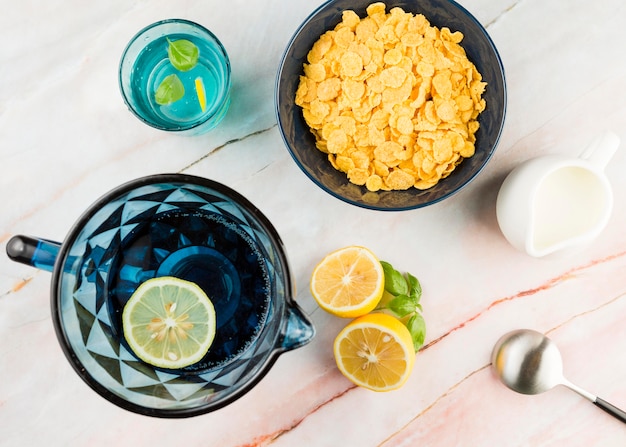
Can You Cook Spaghetti with Gasoline? (The Shocking Truth)
Cooking TipsWe've all seen those crazy internet trends. You know, the ones that make you wonder, "Did someone actually try...
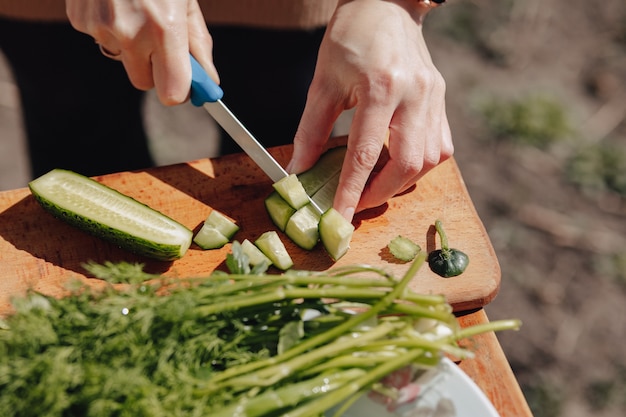
Asparagus Pan-Frying: The Ultimate Guide to Crispy, Flavorful Asparagus
Cooking TipsAh, asparagus. It's a harbinger of spring, a symbol of fresh starts, and a delicious addition to any meal. Bu...
